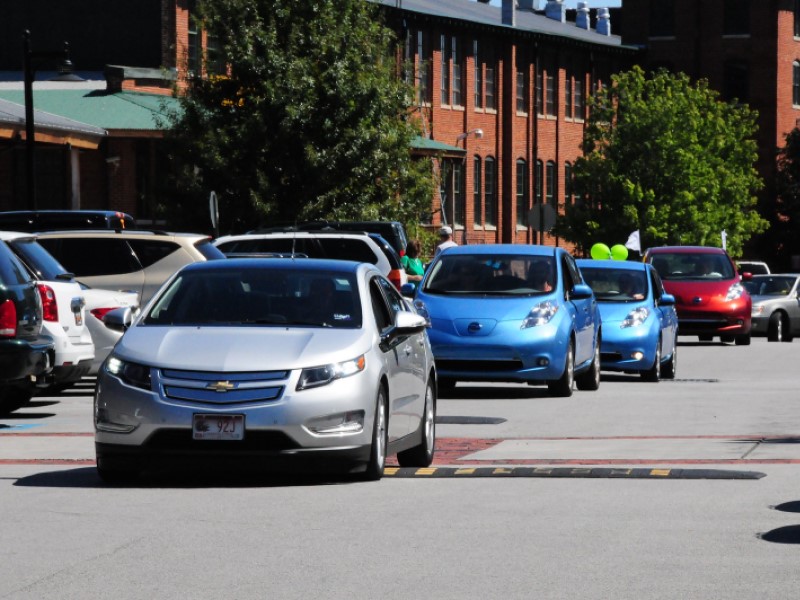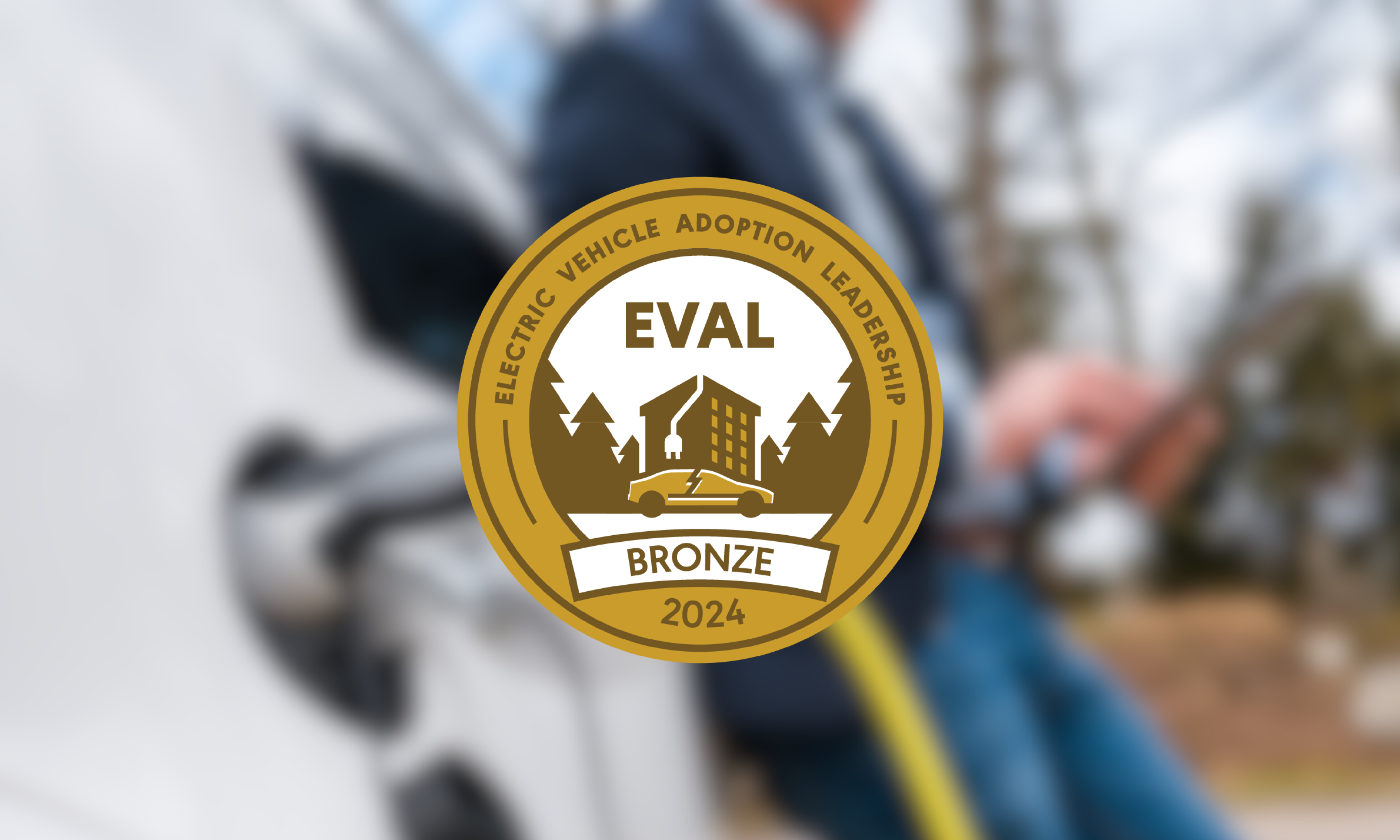Ten years ago, the Chevy Volt and Nissan LEAF hit showroom floors, making 2010 an influential year for mass-produced electric vehicles (EVs). The Tesla Roadster, the first of the new generation of EVs, came out two years earlier, but the Volt and the LEAF were mainstream models from established automakers.
At the time, the LEAF was the only moderately-priced all-electric vehicle. With an electric range of 73 miles, the LEAF started to shift people’s views of electric cars. They are quiet, comfortable, spacious, and have great performance. When EV advocate Tom Saxton got his LEAF, he wrote in a 2012 Plug In America blog post that he was excited about the driving experience of electric.
“The accelerator pedal on the LEAF gives an instant, smooth response: you push, it takes off,” said Saxton. “There’s no waiting for a gear shift, and no slow climb to full acceleration the way you have to wait for a gas car to rev up the engine speed to maximum torque, then have to shift gears and repeat. It’s just smooth, rapid acceleration all the way.”
Other EV advocates were excited about the LEAF as well. Paul Scott, one of the founders of Plug In America, became a Nissan salesperson at Santa Monica Nissan for the sole purpose of selling the LEAF and only the LEAF, recalled Dency Nelson, fellow co-founder. Nelson even took delivery of his 2011 Nissan LEAF (number 715) from Scott and still has it in his driveway today!
In the first year alone, the LEAF sold 9,693 models, and, to date, over 140,000 vehicles have been sold in the United States. For many years, the LEAF was the leading moderately-priced all-electric vehicle, but today, it faces greater competition from the Tesla Model 3, Chevy Bolt, and others.
It’s not a surprise that early EV adopters were excited about the all-electric Nissan LEAF, but how did the Chevy Volt compare? The Chevy Volt was a plug-in hybrid electric vehicle and many people were skeptical.
“I thought it would take away the value from the development of all-electric vehicles,” said Nelson.
However, it proved to be the exact opposite, especially for EV-curious shoppers. Range anxiety was a deterring factor, but having gas as a back-up eased their minds. With 40 miles of electric range, many Volt drivers noticed that they very rarely used the gas, except on longer trips. The Volt allowed EV-curious people to experience electric without fully going electric.
Despite selling more than 157,000 vehicles, GM discontinued the Chevy Volt in 2019 as more automakers have begun turning their attention from plug-in hybrids to long-range all-electric vehicles. In March, GM unveiled 10 new all-electric models that will be released in the coming years.
Without a doubt, these mass-produced electric vehicles showed Americans how easy it was to switch to electric.
“These cars launched the new era of EVs,” said Jennifer Krill, president of Plug In America. “They enabled people everywhere to envision a world in which electric vehicles will replace the internal combustion engine.”
“The world has to at least acknowledge that the electric car is real,” said Nelson. “EVs are in the driveways of people all over the world. It is because of these cars!”

